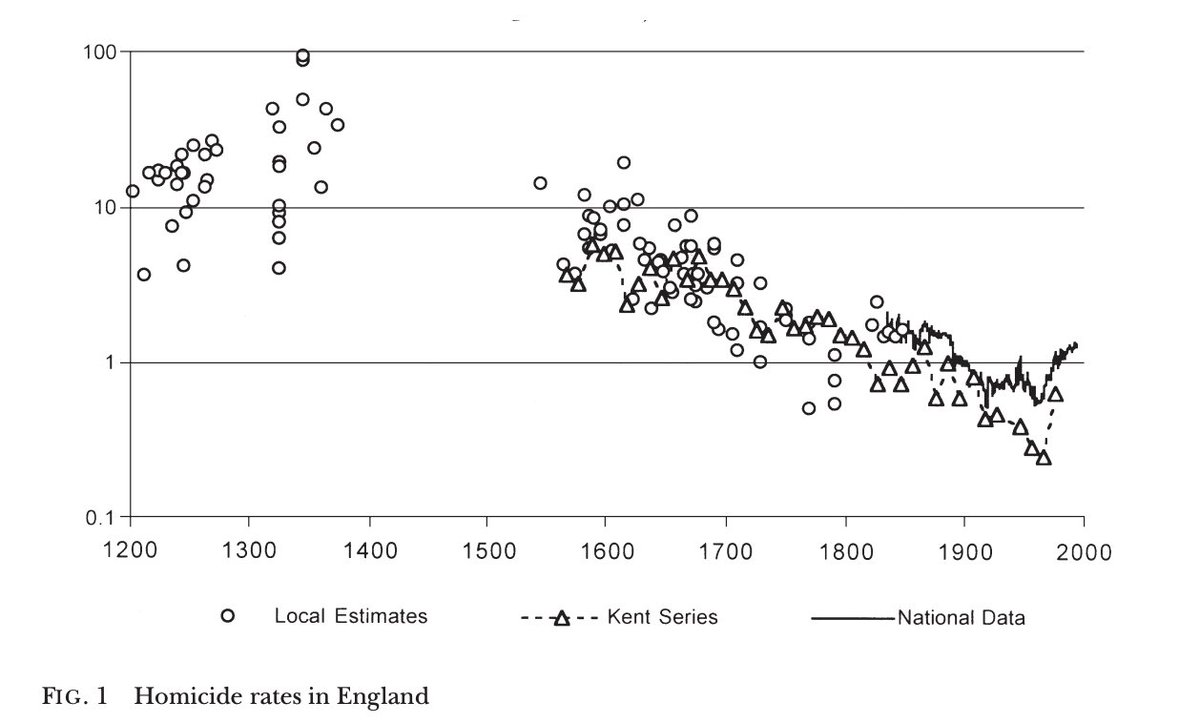Coming from a country with a strong communitarian ethos based on solidarity, safety, equality, and minimising risk of harm or upset, the UK, it’s interesting to visit one with a national character more based around freedom, independence, and progress at any cost, France. 🧵
The UK has very low speed limits — the top one is only around 110kmh, and these are enforced aggressively with radars and cameras to make sure few die on roads. By contrast the top French speed limit is about 82mph, and it is rarely enforced. The priority is on speedy movement.




You actually reach these speeds because motorways are tolled. I spent €60 on tolls today; in exchange I put the cruise control on at 130kph for hours at a time. French attitude to paying for good things is relaxed. In egalitarian UK, the public prefers equal traffic for all.




This extends to infra like tunnels. I went about 10km underneath Paris today, part of the A86 (one of Paris’s three ring roads) — for which I paid €9, reflecting the more ruggedly individualistic, swashbuckling attitude the French have. No traffic. Wish we had same in London!




This is also reflected in attitude to risk vs progress. In the UK we shy away from things considered ‘risky’ like nuclear power, preferring higher electricity prices and lower energy consumption. France is a ‘more more more’ country, willing to take disruptive risks.




The same attitude is clear with growth. The UK has a strong view to protect its countryside and prevent industrial and residential growth. London has grown around 2% in extent since 1938. Paris has tripled. This is visible everywhere. 

As an Englishman, I am obviously biased and have a soft spot for our conservatism and social solidarity, but my trip makes me wonder whether we could learn from the French and their individualistic, libertarian national ethos, and by being slightly more relaxed about risk.
• • •
Missing some Tweet in this thread? You can try to
force a refresh





















